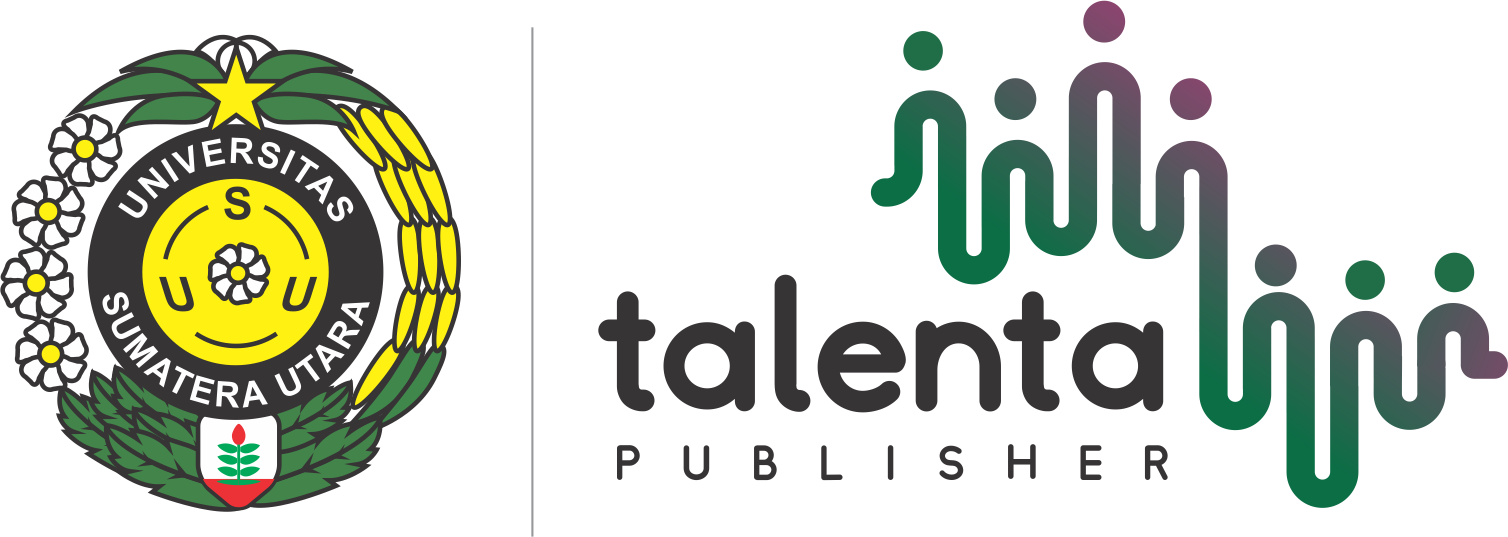The Language Styles of Chinese Idioms in the Strange Tales of Tang Dynasty Drama by Bai Shan
| Authors | ||
| Issue | Vol 7 No 2 (2024): Talenta Conference Series: Local Wisdom, Social, and Arts (LWSA) | |
| Section | Articles | |
| Section |
Copyright (c) 2024 Talenta Conference Series  This work is licensed under a Creative Commons Attribution-NonCommercial-NoDerivatives 4.0 International License. |
|
| Galley | ||
| DOI: | https://doi.org/10.32734/lwsa.v7i2.2084 | |
| Keywords: | Language styles Chinese idiom Semantic Drama | |
| Published | 2024-03-01 |
Abstract
This study aim to investigate the lexical and idiomatic meanings, stylistics, and to find the most dominant language styles in Chinese idioms in the drama Strange Tales of Tang Dynasty. The theories used in this research are semantic theory of meaning variety by Chaer and Chinese stylistics theory by Huang and Liao. The method used in analyzing this research is descriptive qualitative, which is aims to describe and explain data in form of words that are Chinese idioms. The results showed that there are 45 Chinese idioms in the drama Strange Tales of Tang Dynasty epiosde 1-3 which have their respective lexical and idiomatic meanings according to 汉语成语大词典hànyǔ chéngyǔ dà cídiǎn. The 45 Chinese idioms’ meaning, most of them are adjevtives. In addition, it includes 18 Chinese idioms in the simile (比喻 bǐyù) style, 8 Chinese idioms in the parallelism (对偶 duì'ǒu) style, 6 Chinese idioms in the 双关 shuāngguān style, and 3 Chinese idioms in the婉曲 wǎnqū and repetition (反复 fǎnfù) style, 2 Chinese idioms in the language拈连 niān liánstyle, Chinese idioms in the language style of hyperbole (夸张 kuāzhāng), 对比 duìbǐ, 映衬 yìngchèn, 仿词 fǎngcí, and 排比 páibǐ style with 1 Chinese idiom each. The most dominant language style in the idiom is simile (比喻 bǐyù) because it is a form of indirect expression of the language ornament in the drama. This research also show the importance of understanding about Chinese idioms’ meaning and language style as one of Chinese oral tradition.






